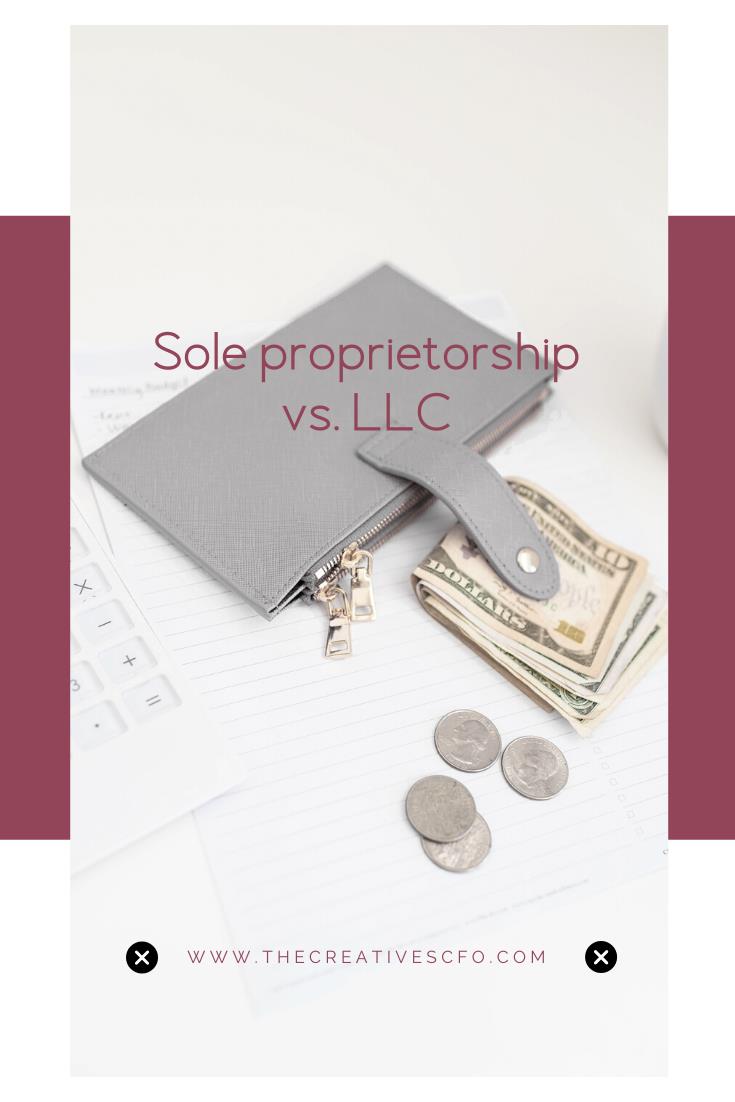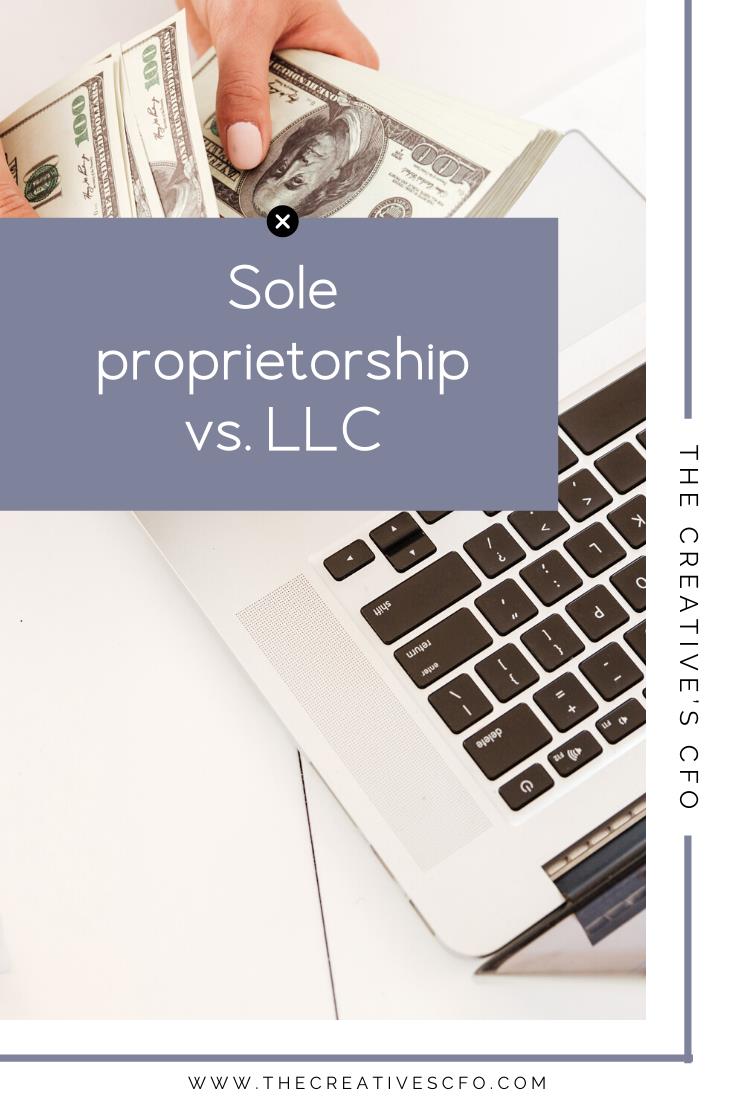Sole Proprietorship
A sole proprietorship is a business operated by a single owner who has not identified the business apart from herself.
Simply Said: In other words, no separate legal entity has been formed. That means any debts occurring in the course of business, any tax liabilities, and any judgments incurred are the personal responsibility of the owner.
The sole proprietorship is the simplest form of doing business, and it is the default business structure for all persons selling products or services without establishing a formal business entity such as a partnership, LLC, or corporation. Also, by default, the sole proprietorship simply uses the name of its owner unless a “doing business as” (DBA) is properly filed to use a business name.
Tax implications:
For a sole proprietorship, all business income and expenses flow through to the owner’s personal tax return on a Schedule C “Profit & Loss from a Business” tax form. As such, adequate records are a must to ensure that you report all earnings and get the maximum tax deductions.
Also Consider:
While the sole proprietorship has minimal reporting requirements—no real legal setup beyond filing a DBA and tax reporting on the personal return—it does open the business owner up to responsibility for liabilities incurred during business operations. It is advised that sole proprietorships obtain liability insurance to mitigate any potential losses; however, if a business owner is not willing to be held personally liable for debts of the business, she should consider forming a legal business entity.
Limited Liability Company (LLC)
A limited liability company (LLC) is a legal business entity that can consist of a single member or multiple members. It is formed by filing articles of organization, a membership agreement, and paying a fee to the Secretary of State within your state.
Simply Said: An LLC is a legal entity separate and apart from its owner(s). It provides both financial and legal protection to its owners against liabilities related to company debts, judgements, and even negligence occurring during the course of business operations. Members can be individual persons and/or other business entities. For example, a single-member LLC can be one of many owners in a multi-member LLC.
Tax implications:
For a single-member LLC, they are the same as a sole proprietorship. All business income and expenses flow through to the owner’s personal tax return on a Schedule C “Profit & Loss from a Business” tax form. As such, adequate records are a must to ensure that you report all earnings and get the maximum tax deductions.
The real benefit of forming an LLC is legal protection of the member(s)’ personal assets by creating a separate legal entity. However, there are instances where the courts may still hold owners personally liable for business debts, judgements, and other liabilities. When this happens, it is called “piercing the corporate veil.”
Also Consider:
Piercing the corporate veil often occurs when the business owner does not maintain her separation from the business—e.g. using the business bank accounts for her own personal transactions or making important changes in the business and not recording meeting minutes for proper filing. Failure to maintain true separation from the business could result in the loss of LLC protection.
Another reason the courts might pierce the corporate veil is if the owner(s) acted recklessly to defraud creditors or contractors. In this instance, the LLC protection would not apply. For example, if a business owner knowingly borrowed money she knew the business would not be able to repay, this would be seen as an attempt to defraud and the corporate veil would be pierced, holding the owner(s) personally liable for the debt.


------------
Read More
By: Dondrea Owens
Title: Sole proprietorship vs. LLC
Sourced From: www.thecreativescfo.com/blog/sole-proprietorship-vs-llc
Published Date: Thu, 09 Jul 2020 01:00:00 +0000
Did you miss our previous article...
https://trendinginbusiness.business/finance/what-is-agile
.png)





